NASCAR Livery Design: The Art and Science of Racing
Regarding motorsports, one of the most visually striking elements of any racecar is its livery design. The livery, also known as the paint scheme or color scheme, combines colors, patterns, and graphics that cover the body of a racecar. These designs can range from minimalist and straightforward to complex and eye-catching, and they play an essential role in the aesthetics and branding of a racecar.
2016 Hendrick Motorsports Paint Schemes
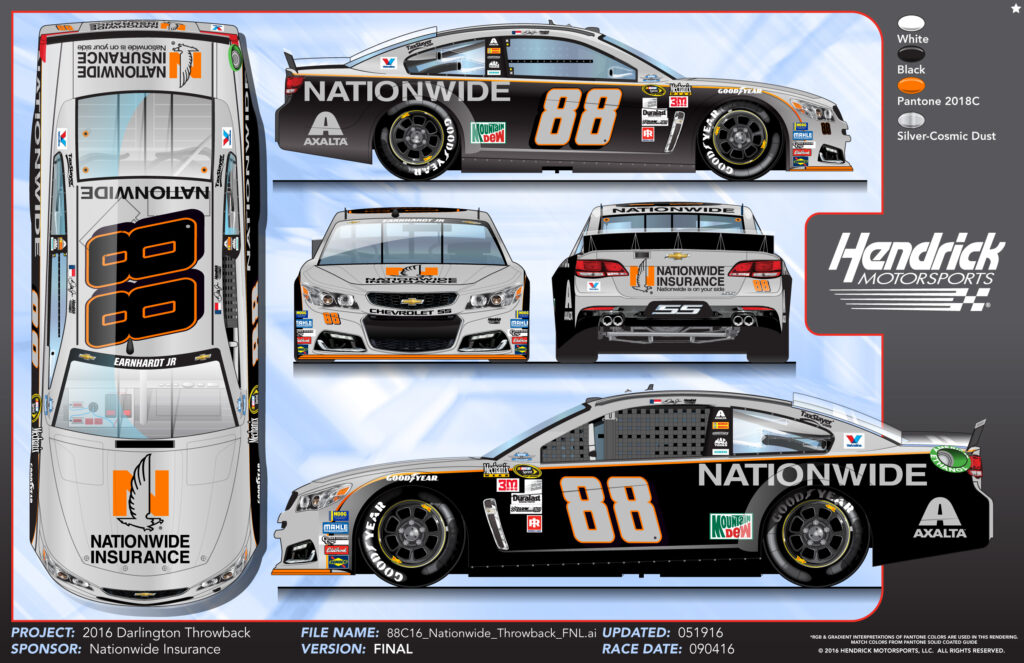
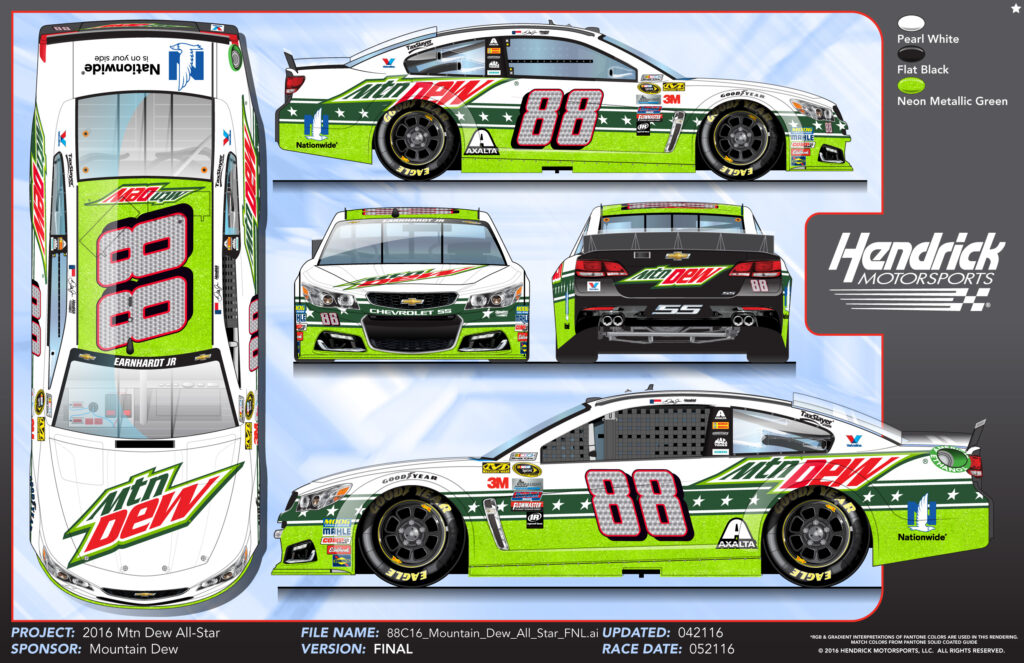
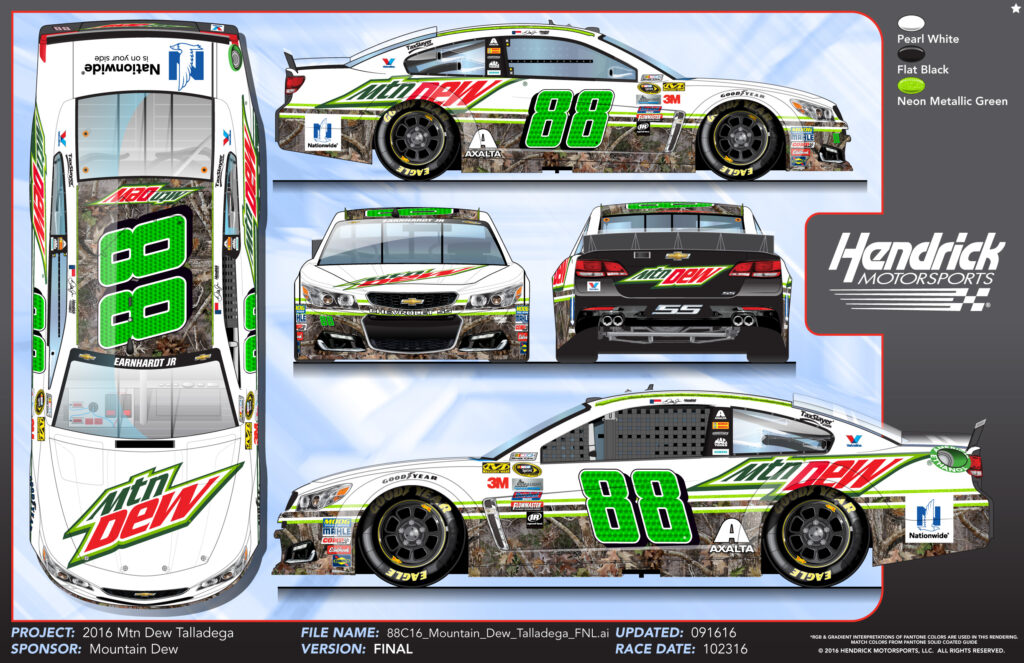
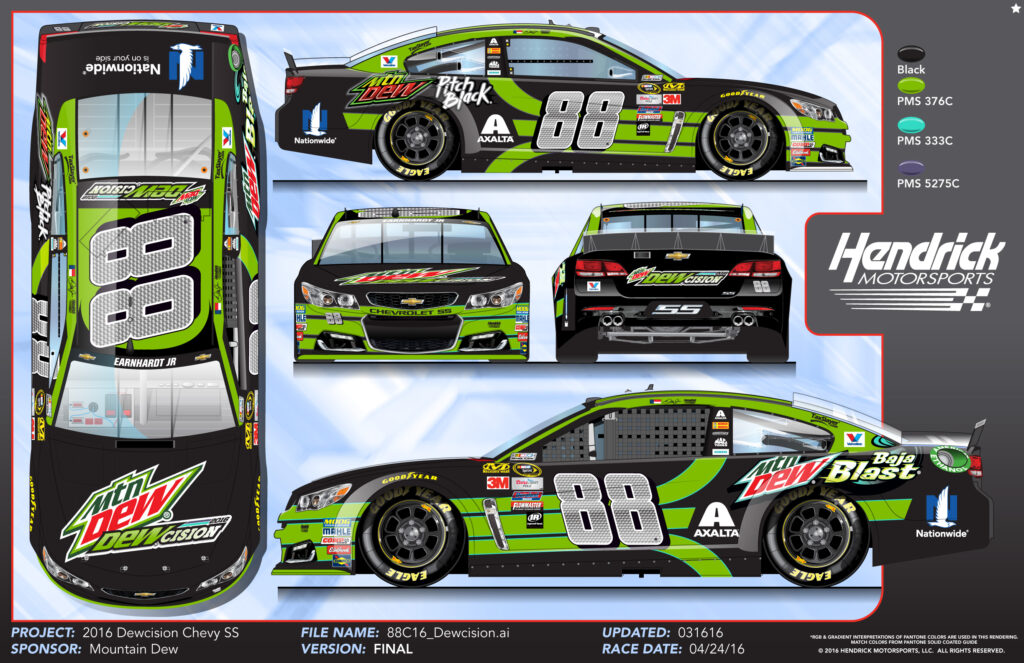
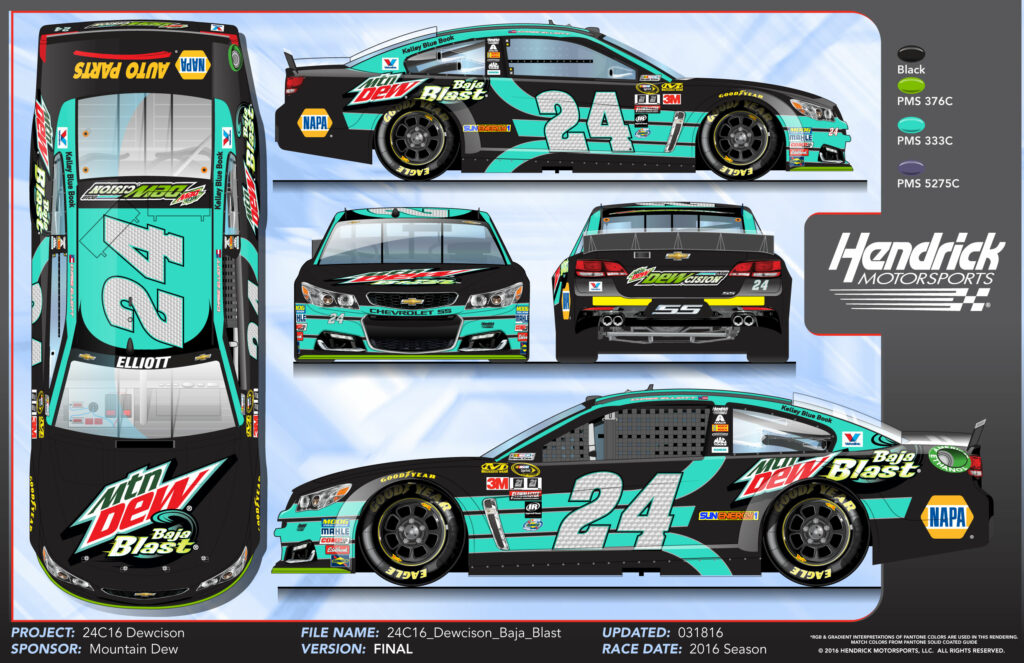
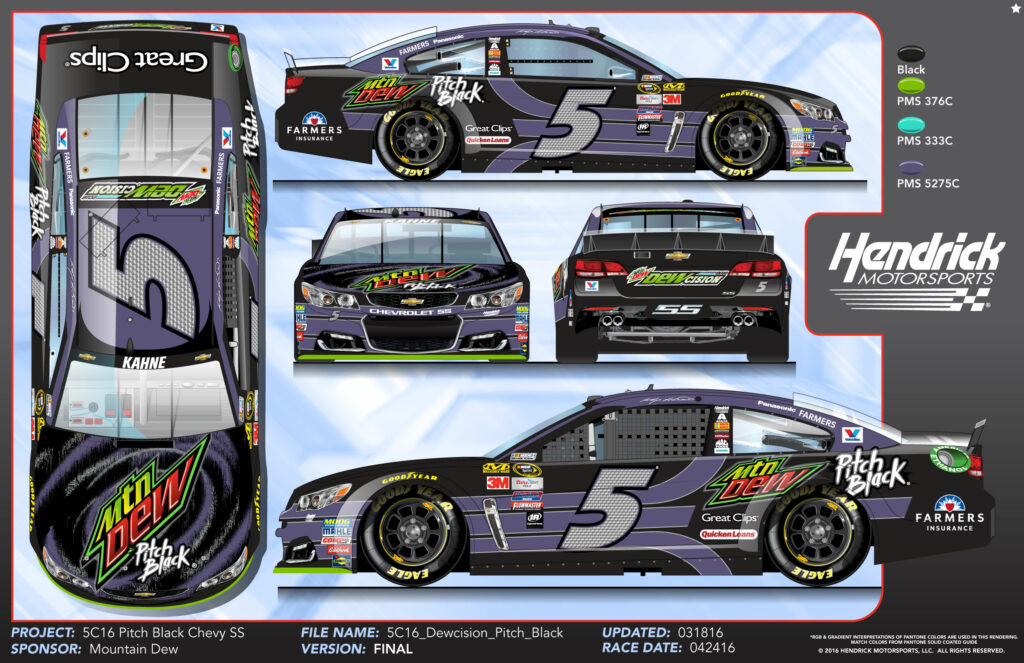
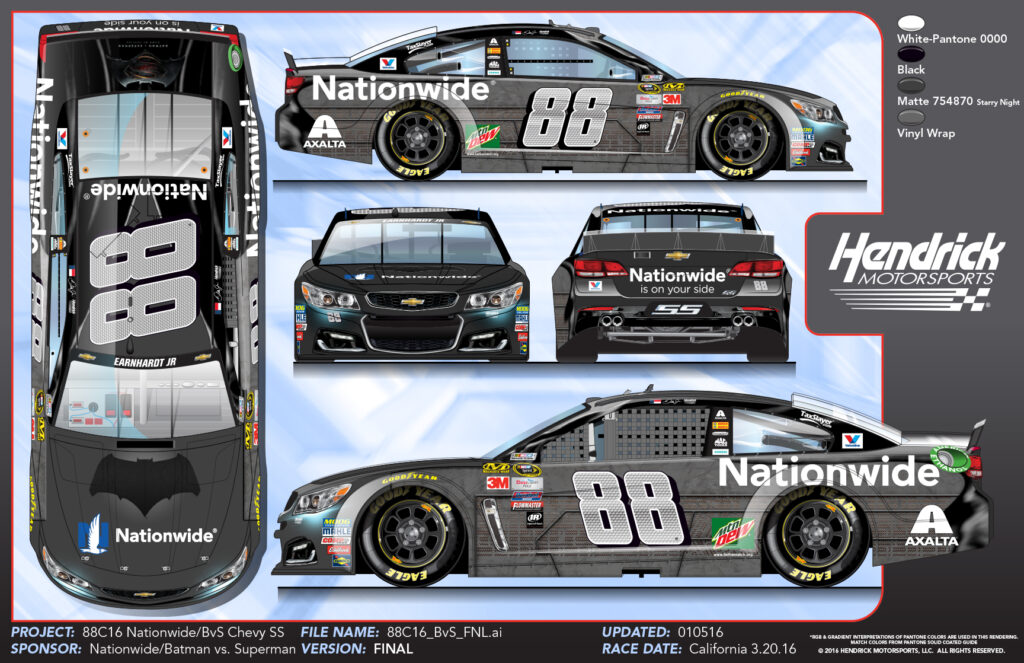
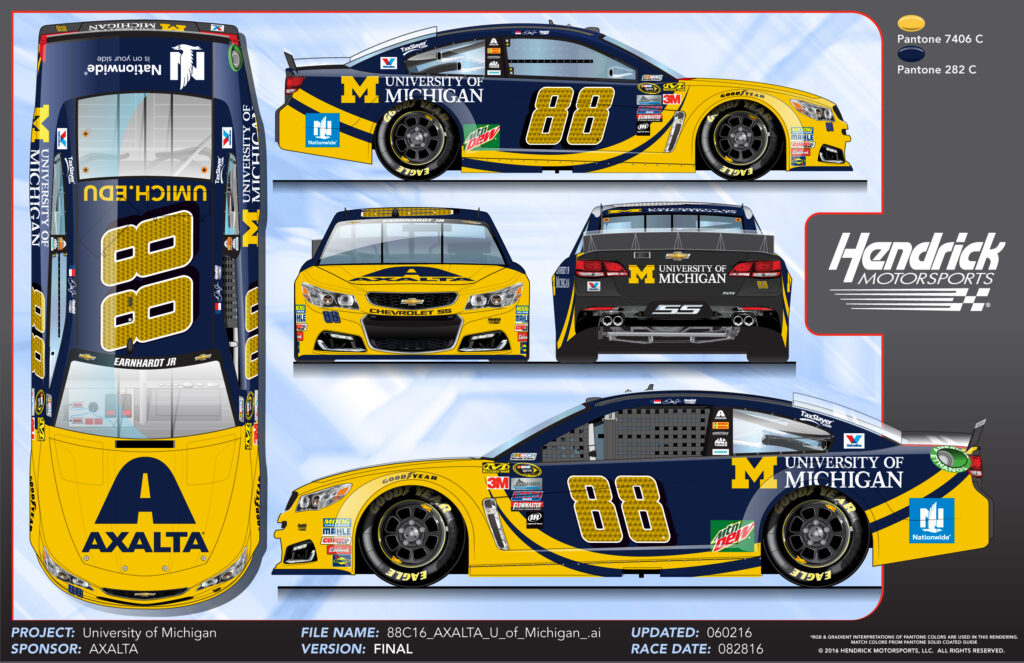
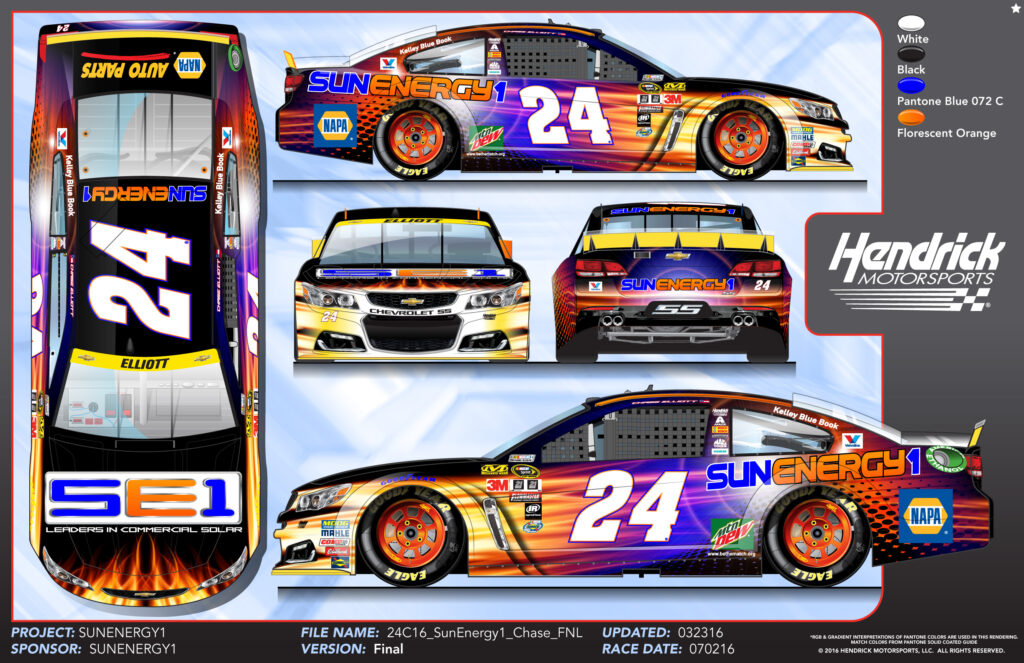
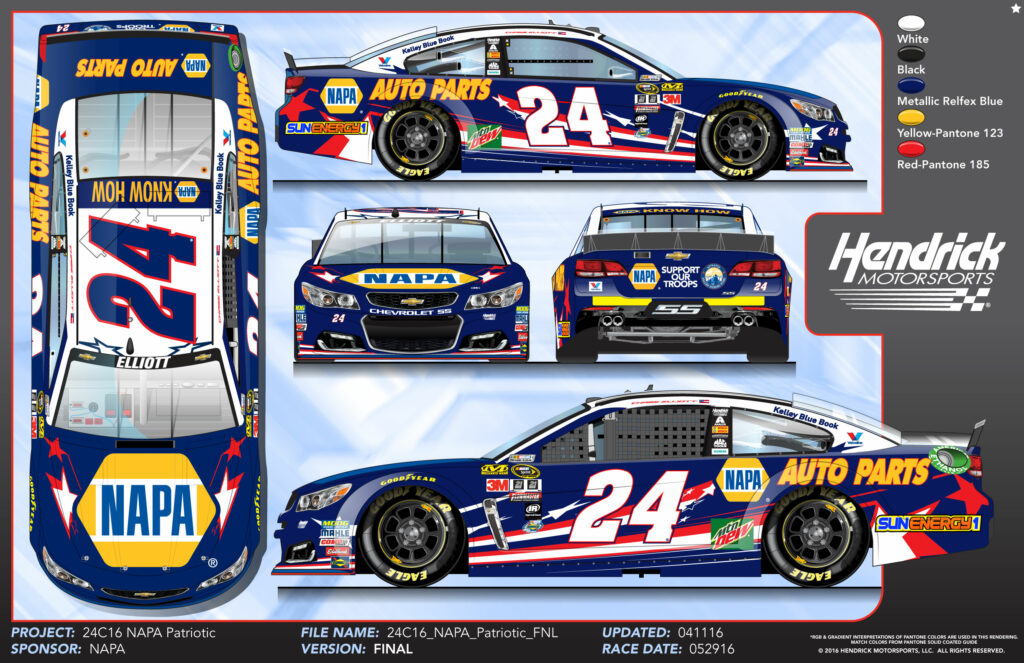
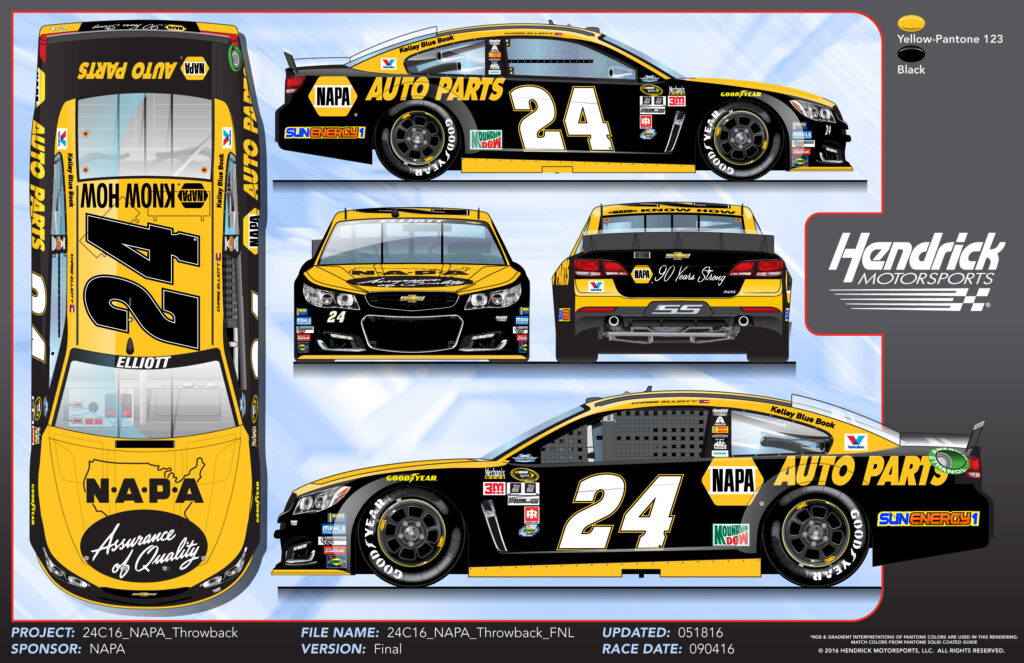
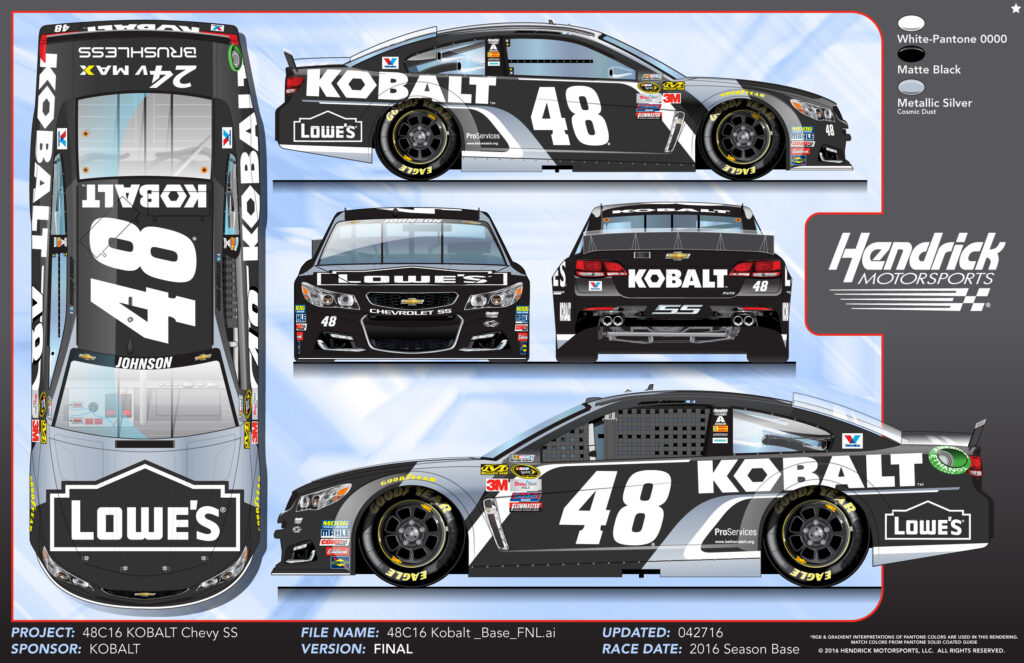
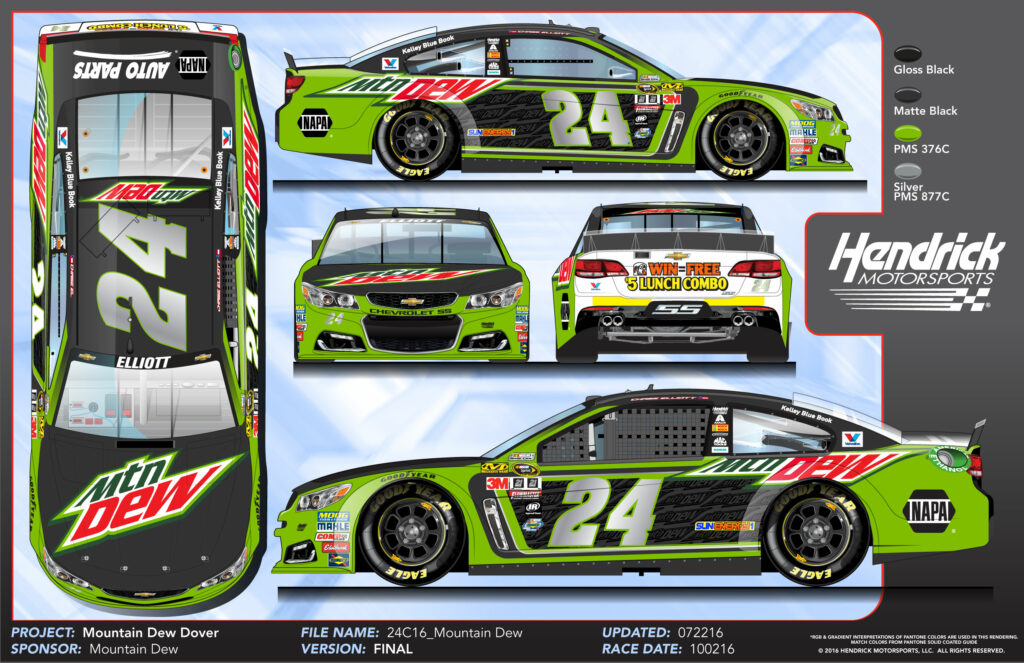
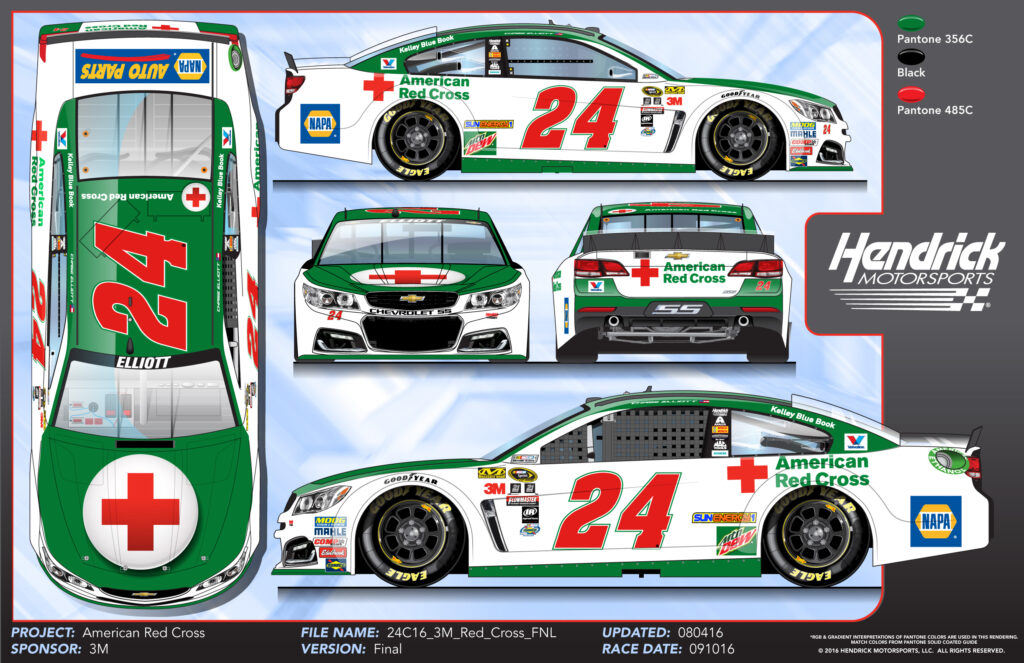
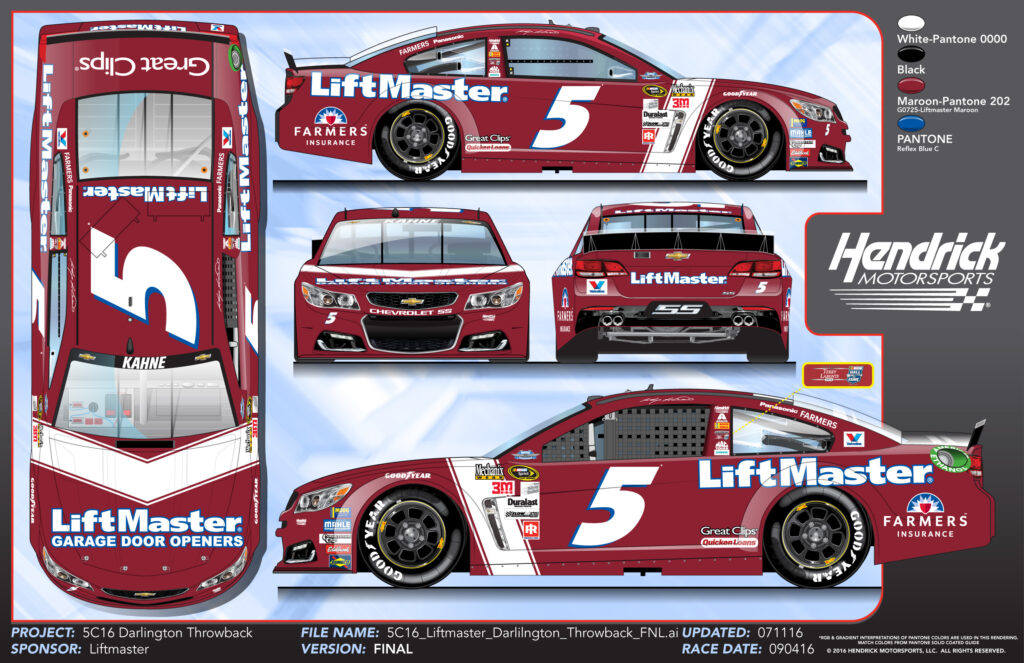

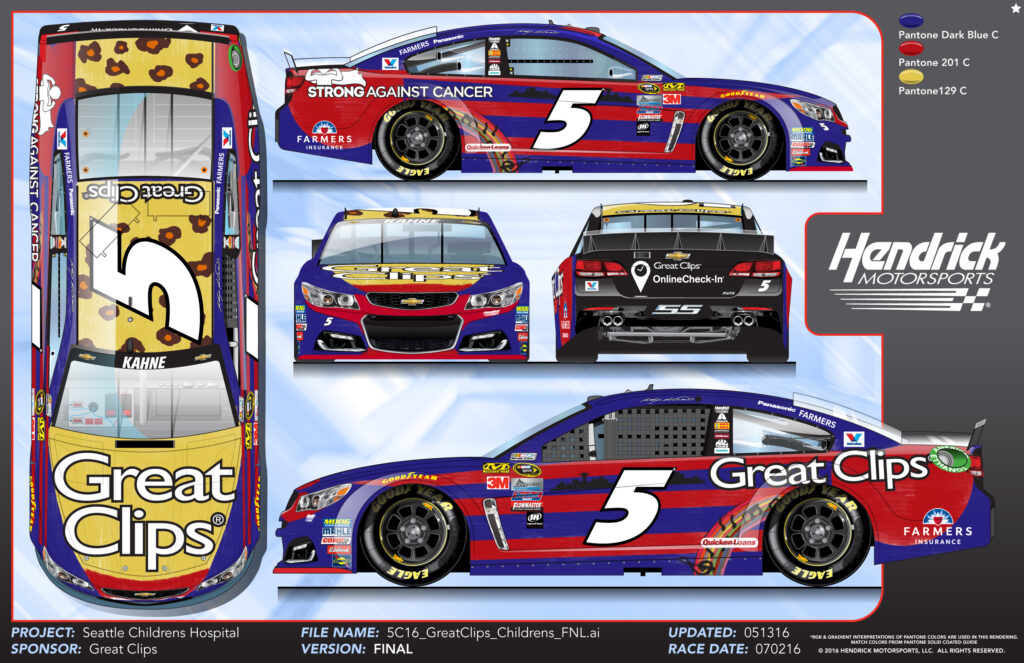

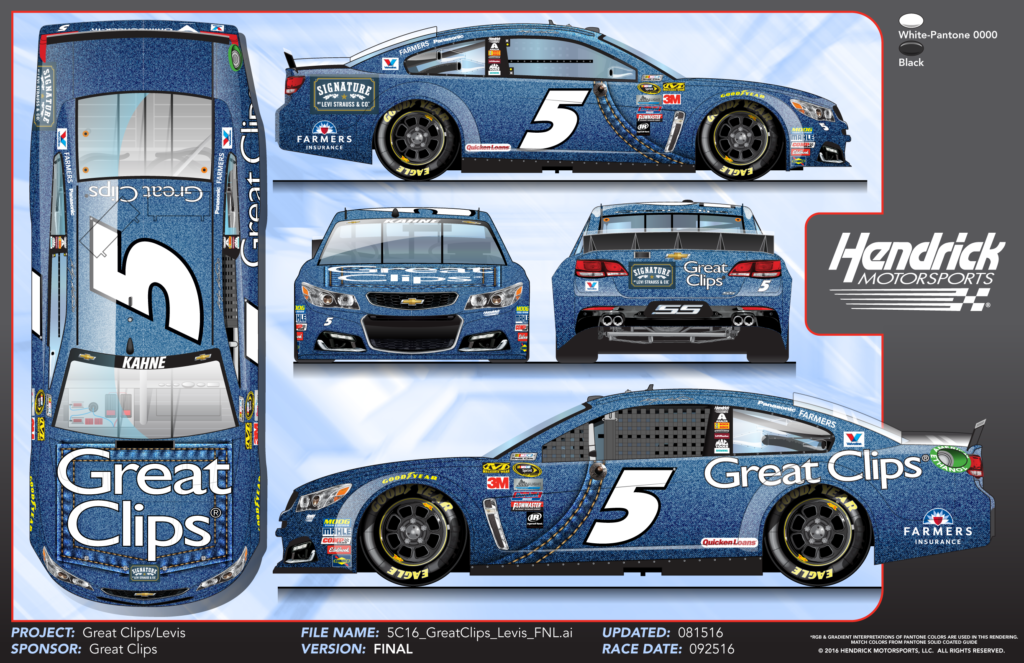
2017 Hendrick Motorsports Paint Schemes
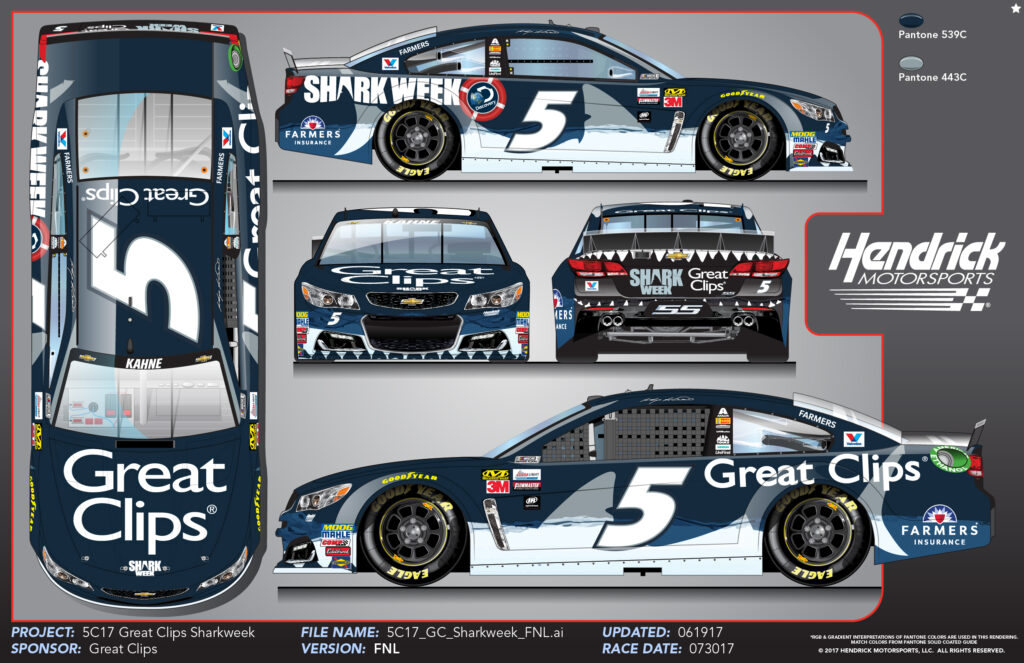
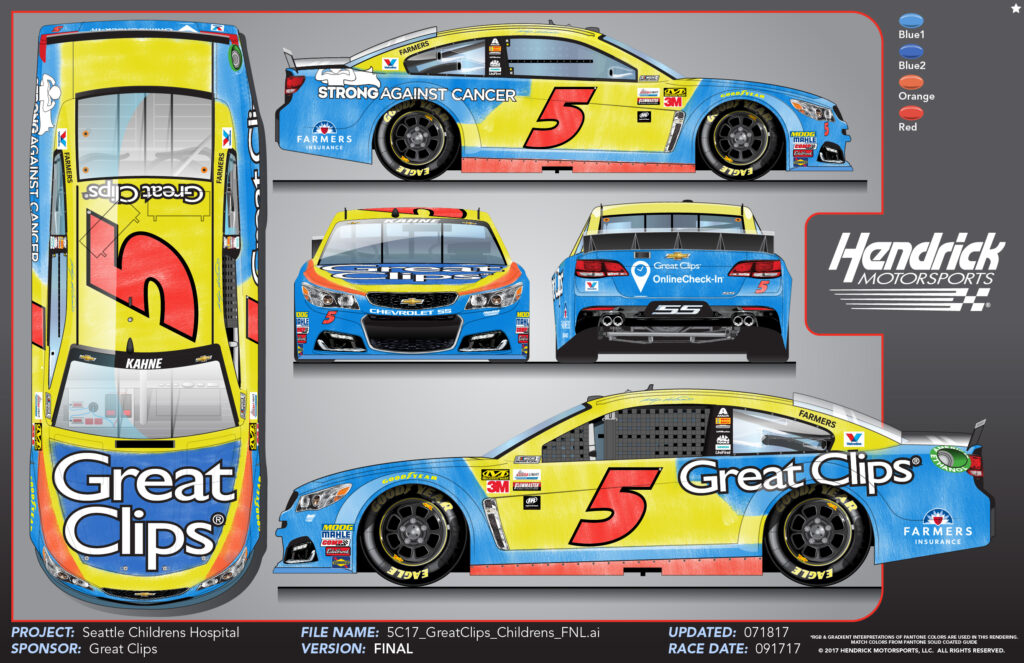
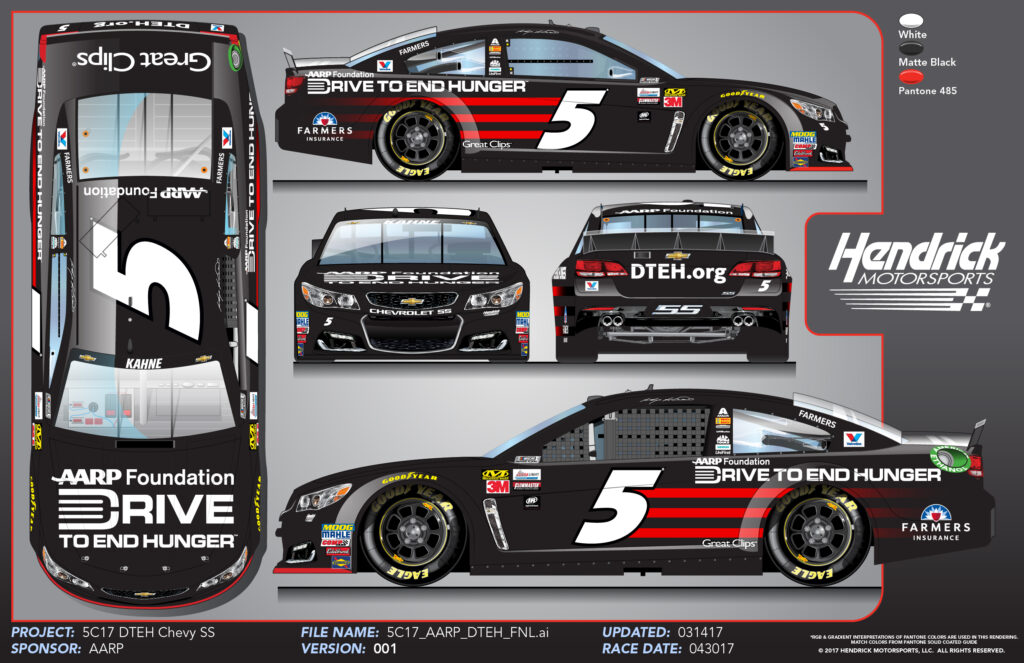
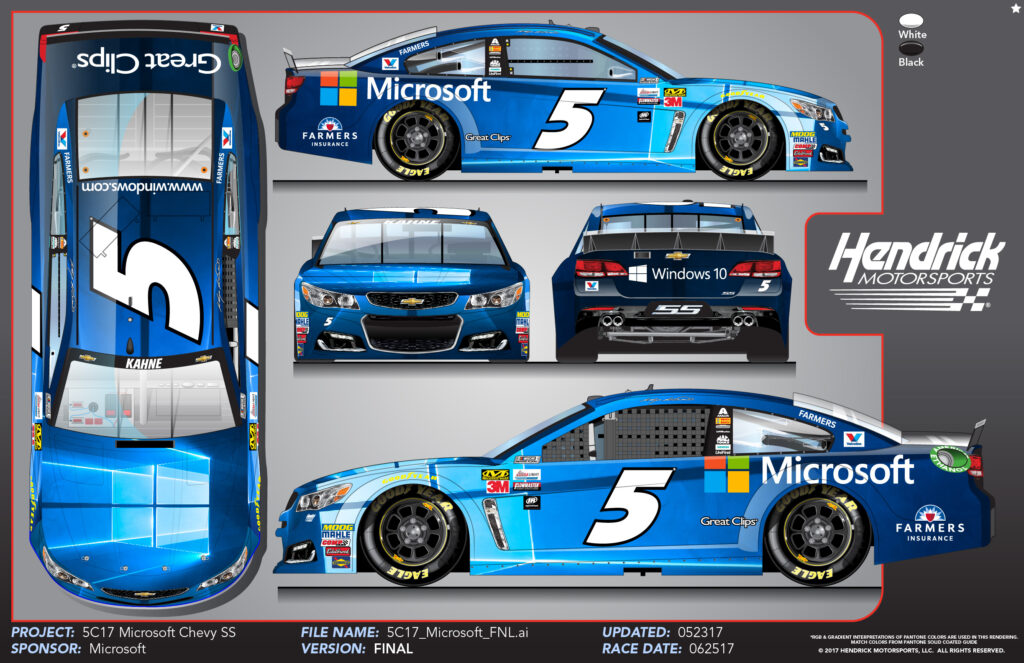

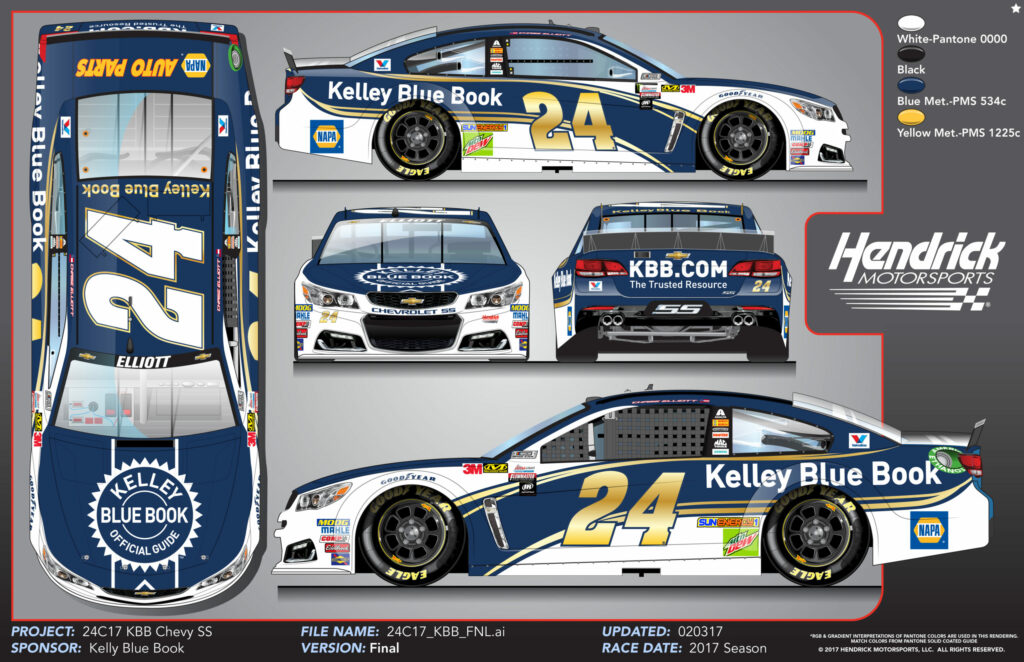
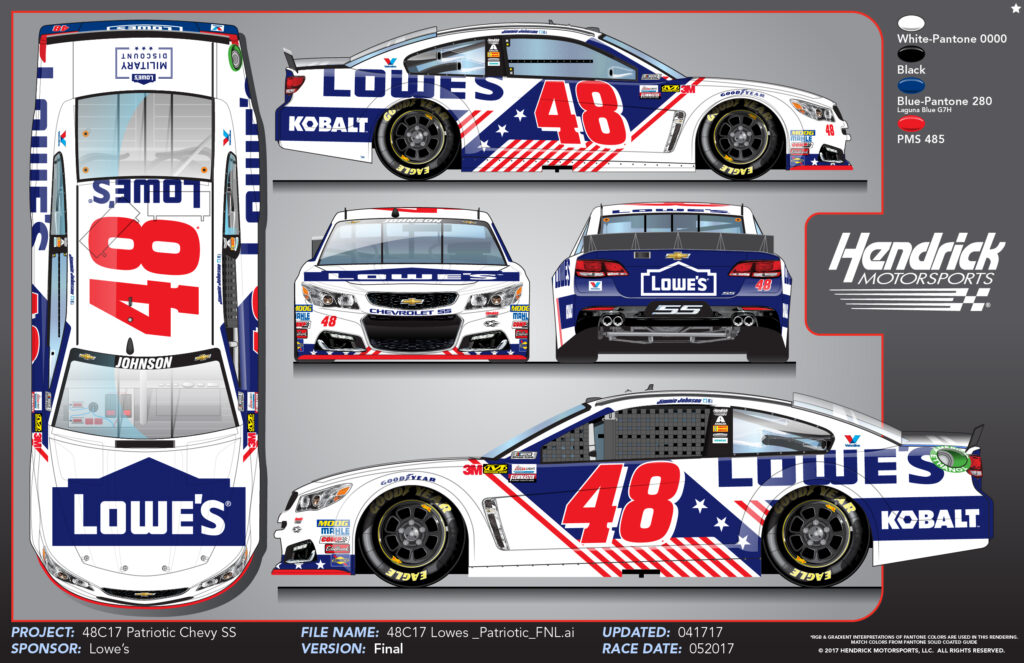
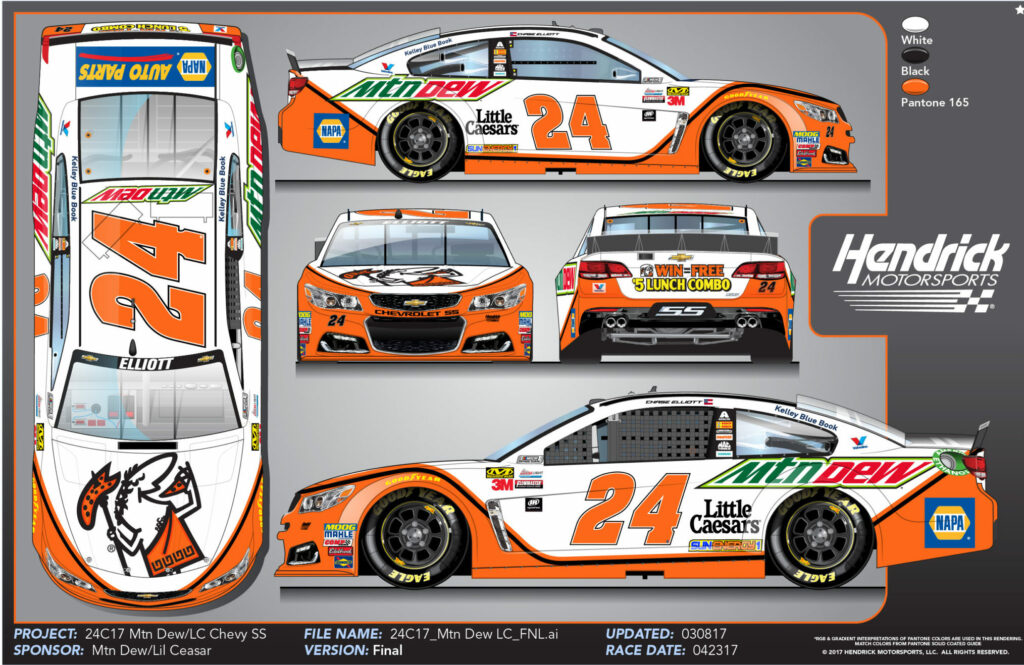
2018 Hendrick Motorsports Paint Schemes



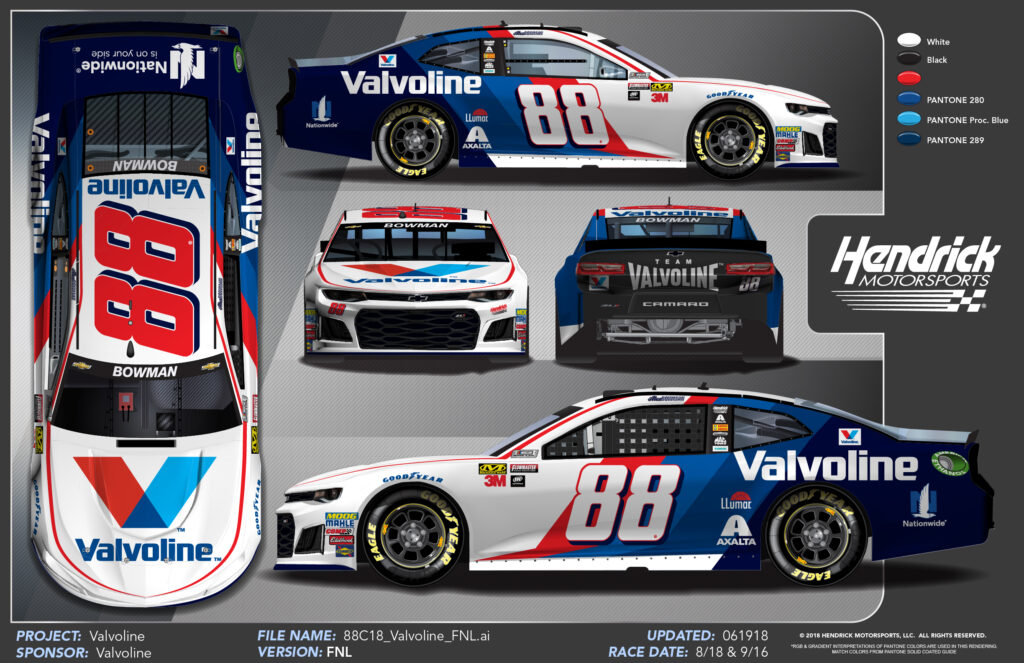


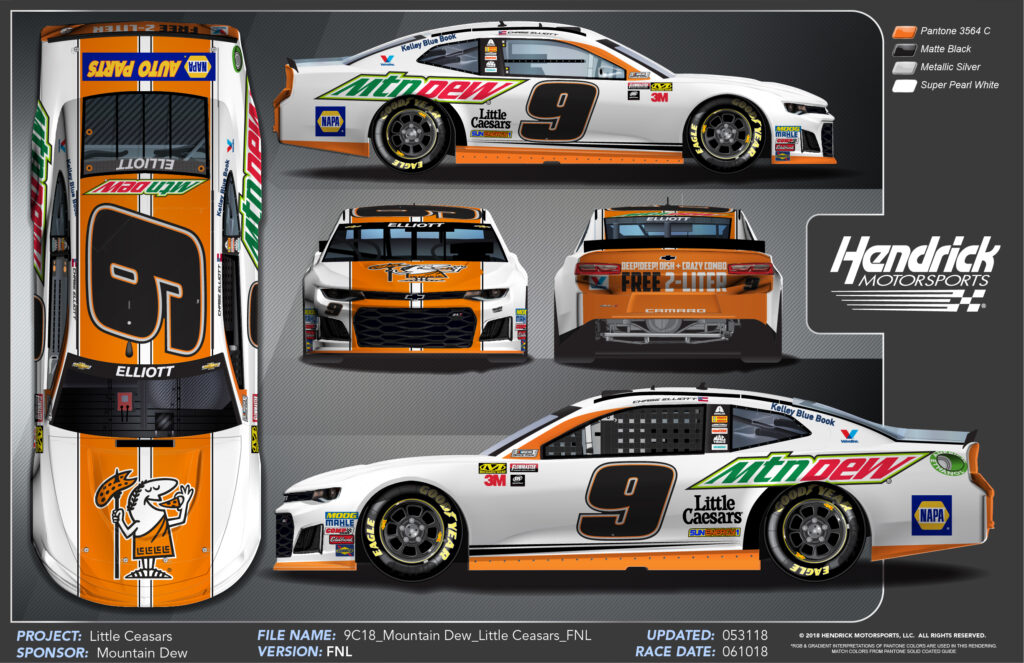
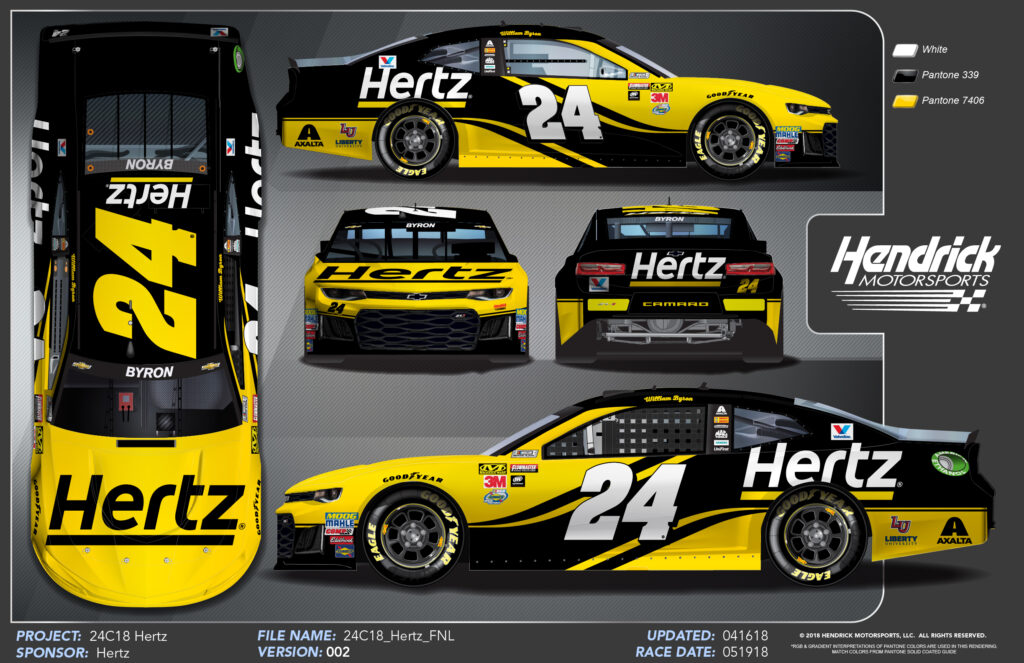

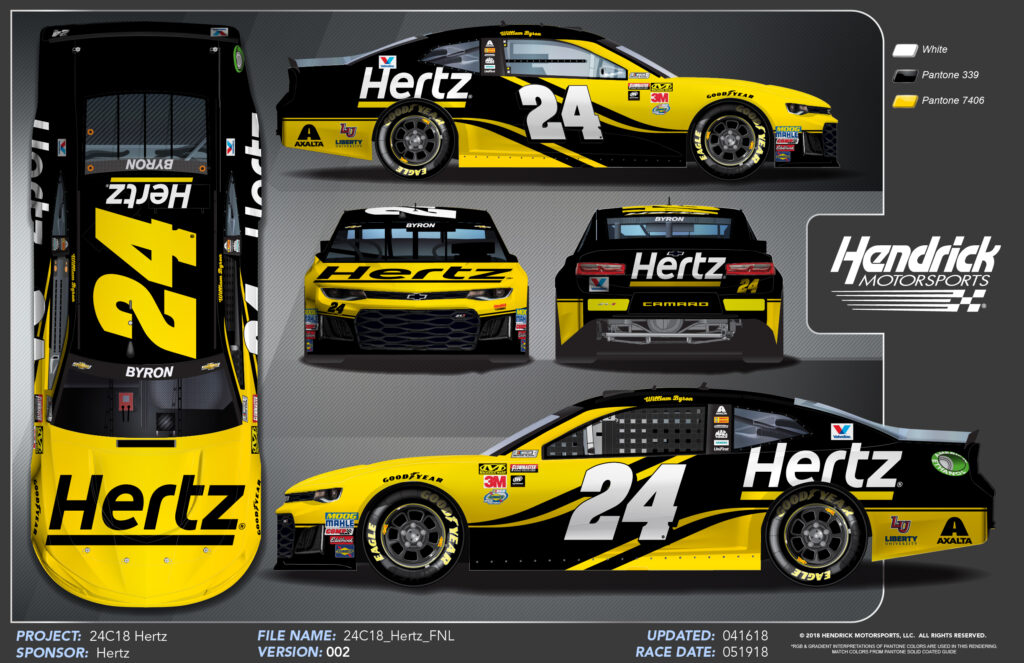
2019 Hendrick Motorsports Paint Schemes

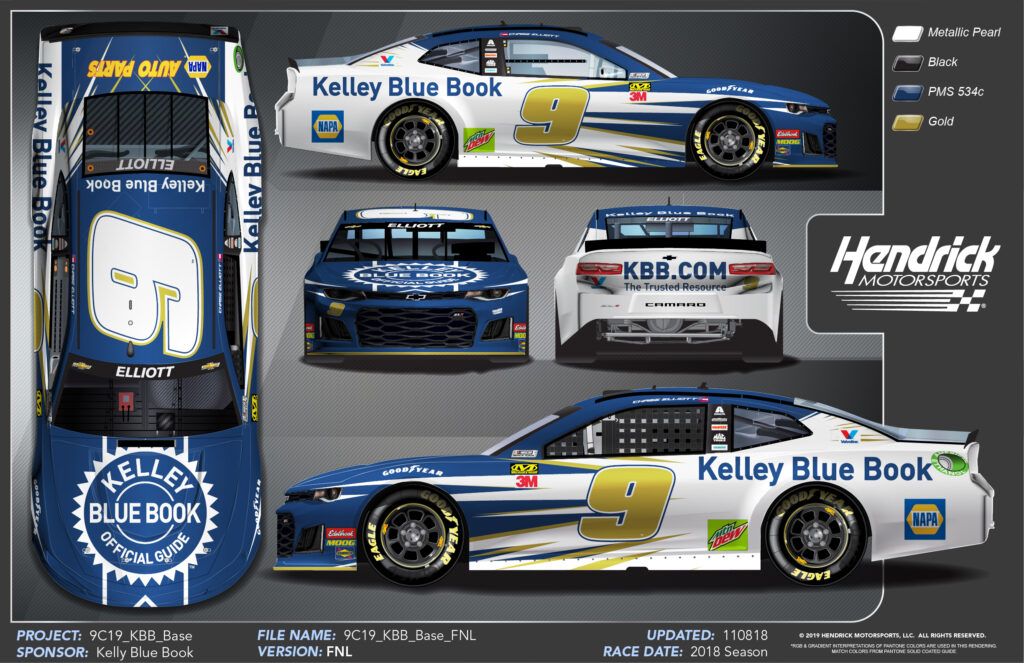
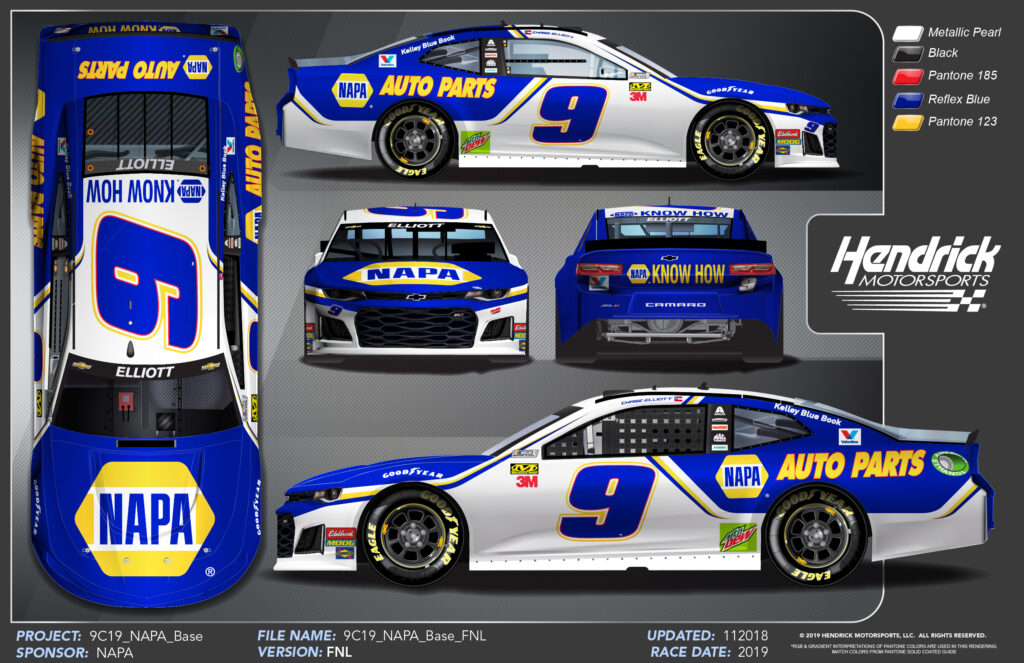
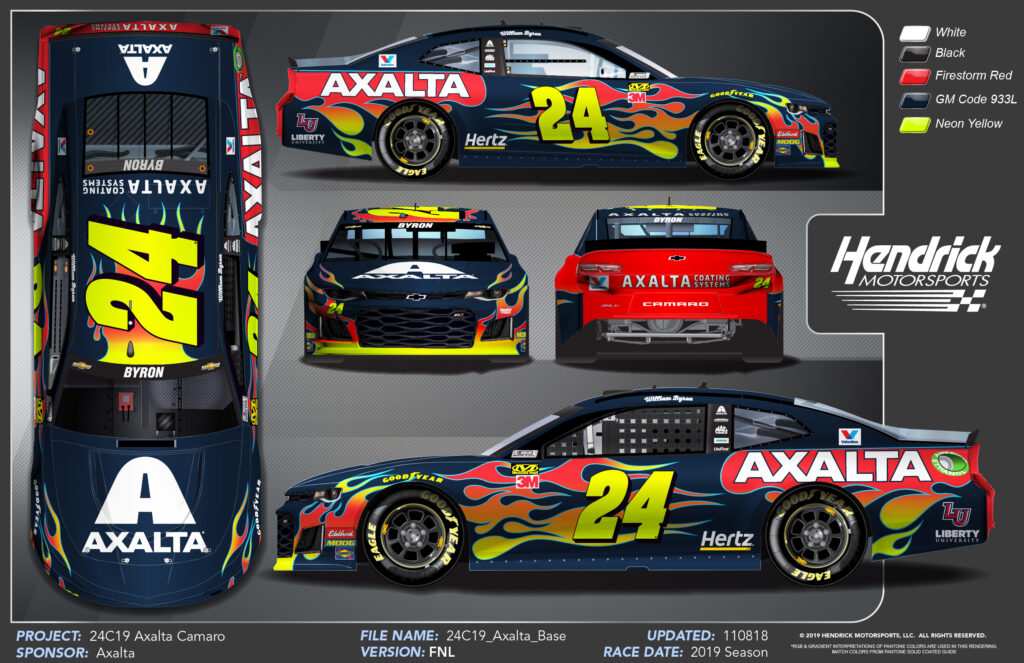
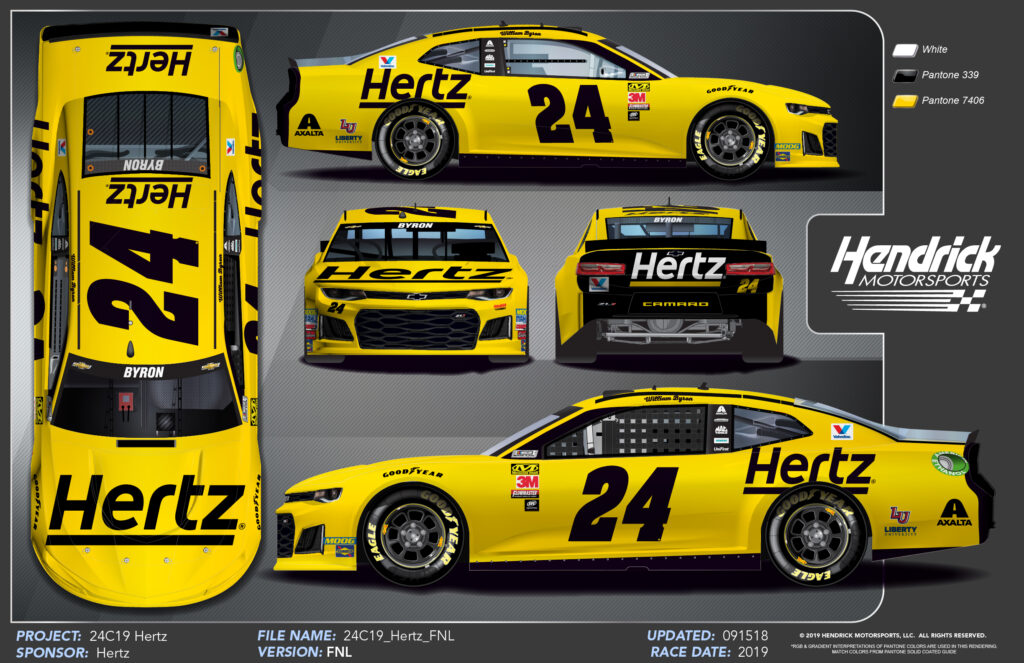
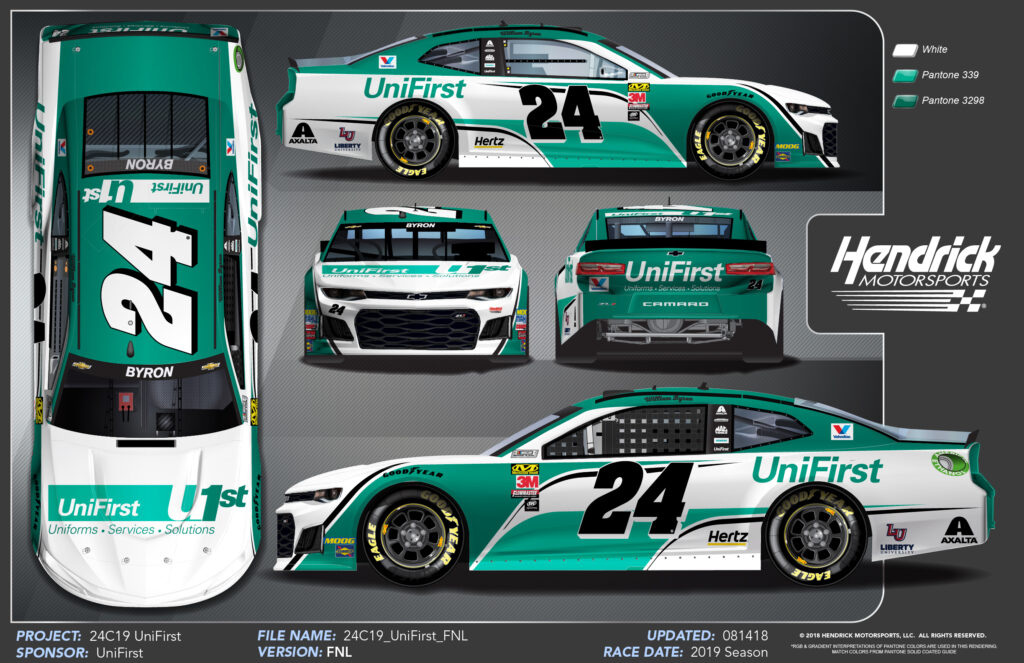
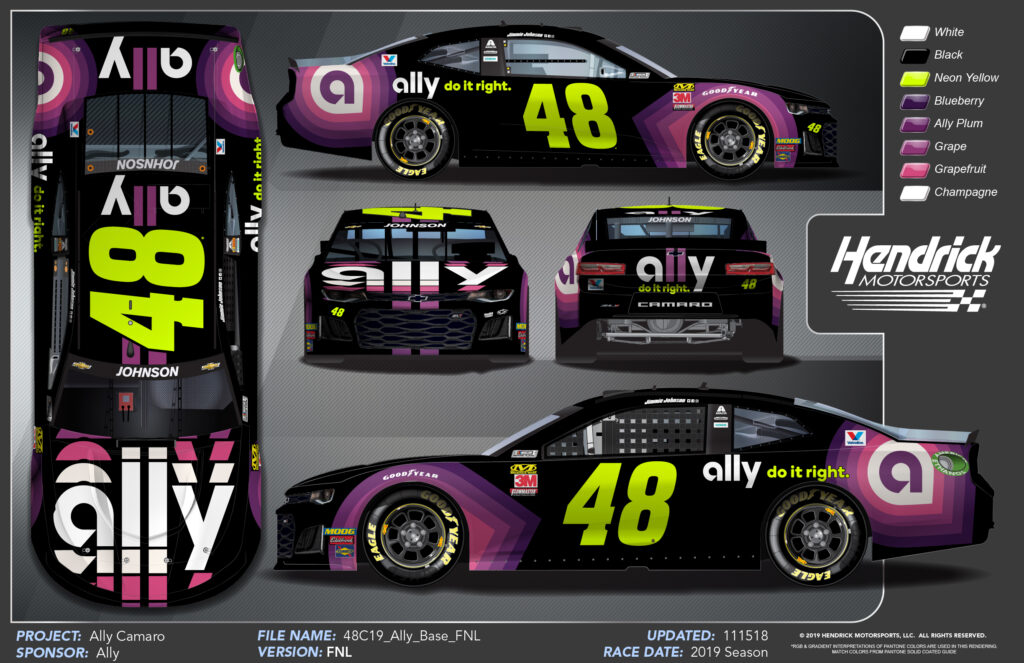
The primary purpose of a livery design is to showcase the sponsors of a racecar. These sponsors provide financial support to the team and help cover the costs of competing in races. In return, they receive exposure and visibility through the livery design, including their logos, slogans, and other branding elements.
However, designing a livery that effectively showcases the sponsors and is visually appealing is not easy. There are a few key considerations that must be taken into account when creating a livery design.
One of the most important considerations is the use of white space. White space, or negative space, is the area of a layout left blank or unoccupied by graphics or text. This space is crucial for creating a clean, uncluttered look that allows the sponsors’ branding to stand out.
Another important consideration is the use of color. The colors used in a livery design can significantly impact the overall look and feel of the racecar. Bright and bold colors can create a striking, attention-grabbing design, while more subdued colors can create a more refined and sophisticated look.
Regarding design tools, Adobe Photoshop, Illustrator, and CorelDRAW are the most commonly used software for creating livery designs. These tools allow designers to create, edit, and manipulate vector-based graphics, which can be printed on the car.
While designing a livery, less is often more. Keeping the design simple and clean can often be more effective than a cluttered and busy design. An iconic example is the John Player Special Formula One livery, which features a simple black and gold color scheme with minimal graphics and branding.
Looking to the future, Artificial Intelligence (AI) is increasingly being used in the design process. AI can be used to generate new design concepts and variations, which can then be refined and edited by a human designer. The technology can also analyze and optimize livery designs based on visibility, legibility, and brand recognition.
Some common themes in motorsports livery design include national colors, such as the American flag’s red, white, and blue, or team colors, such as the silver and red of Ferrari in Formula One.
In conclusion, livery design is an essential aspect of motorsports, as it helps to create a visual identity for a racecar and showcase its sponsors. The key elements of a successful livery design include the use of white space, color, and clean and straightforward design. With the increasing use of AI in the design process, we can expect to see even more innovative and creative livery designs in the future.
